Cerebellum
Recent articles
Nature retracts paper on novel brain cell type against authors’ wishes
A 2022 paper was retracted after an independent team of researchers reanalyzed the data and questioned its validity.
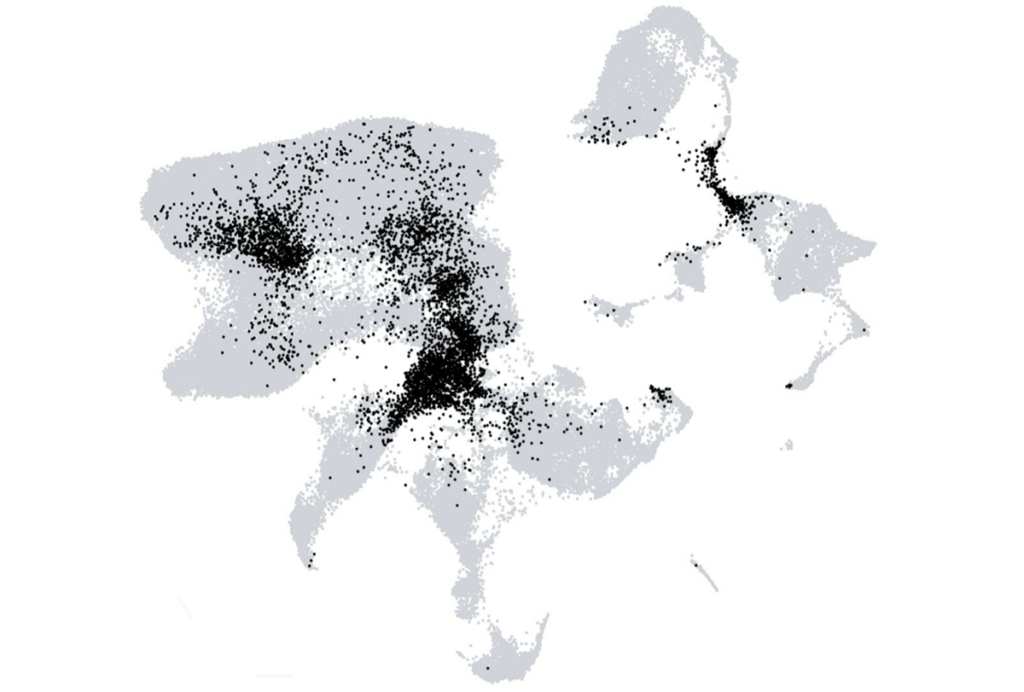
Nature retracts paper on novel brain cell type against authors’ wishes
A 2022 paper was retracted after an independent team of researchers reanalyzed the data and questioned its validity.
Supersized version of Alzheimer’s protein avoids clumping in brain
“Big tau” may explain why some brain regions, such as the cerebellum and brainstem, are largely spared from neurodegeneration, even though tau is expressed throughout the nervous system.
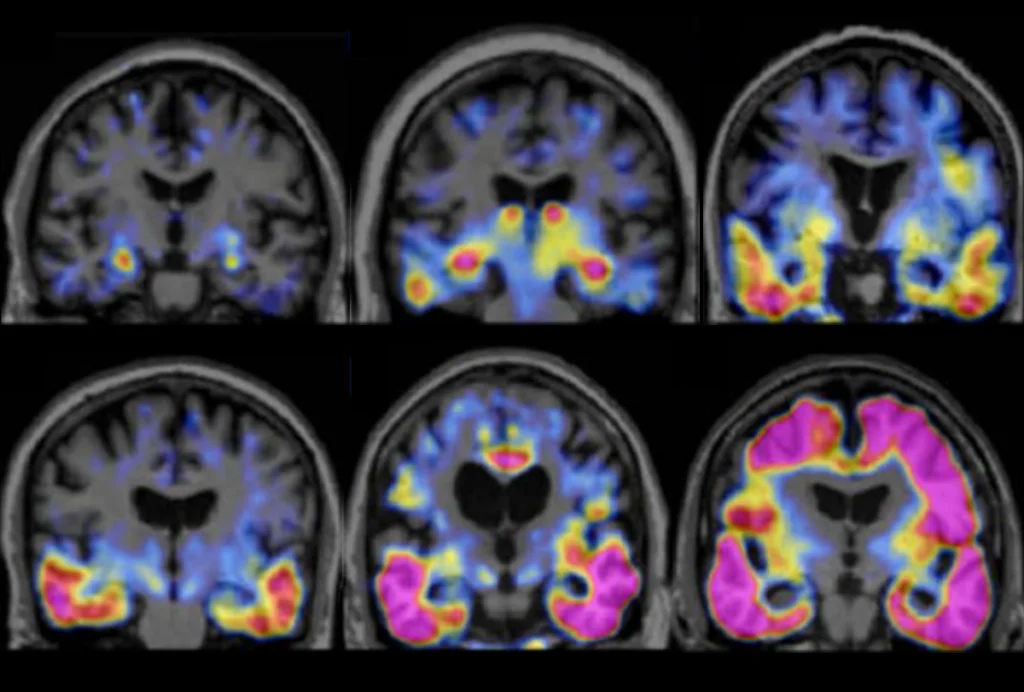
Supersized version of Alzheimer’s protein avoids clumping in brain
“Big tau” may explain why some brain regions, such as the cerebellum and brainstem, are largely spared from neurodegeneration, even though tau is expressed throughout the nervous system.
Cerebellar circuit may convert expected pain relief into real thing
The newly identified circuit taps into the brain’s opioid system to provide a top-down form of pain relief.
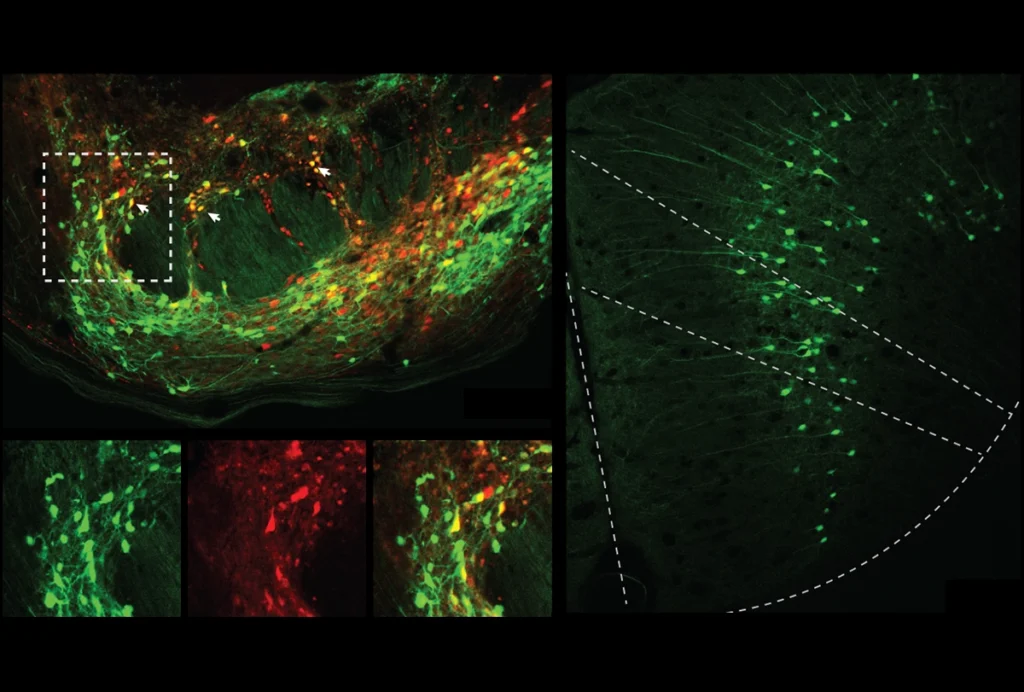
Cerebellar circuit may convert expected pain relief into real thing
The newly identified circuit taps into the brain’s opioid system to provide a top-down form of pain relief.
Mutation in top autism-linked gene may alter eye reflex
The discovery could help clinicians diagnose children who carry mutations in the gene, called SCN2A, and gauge their responses to potential therapies.
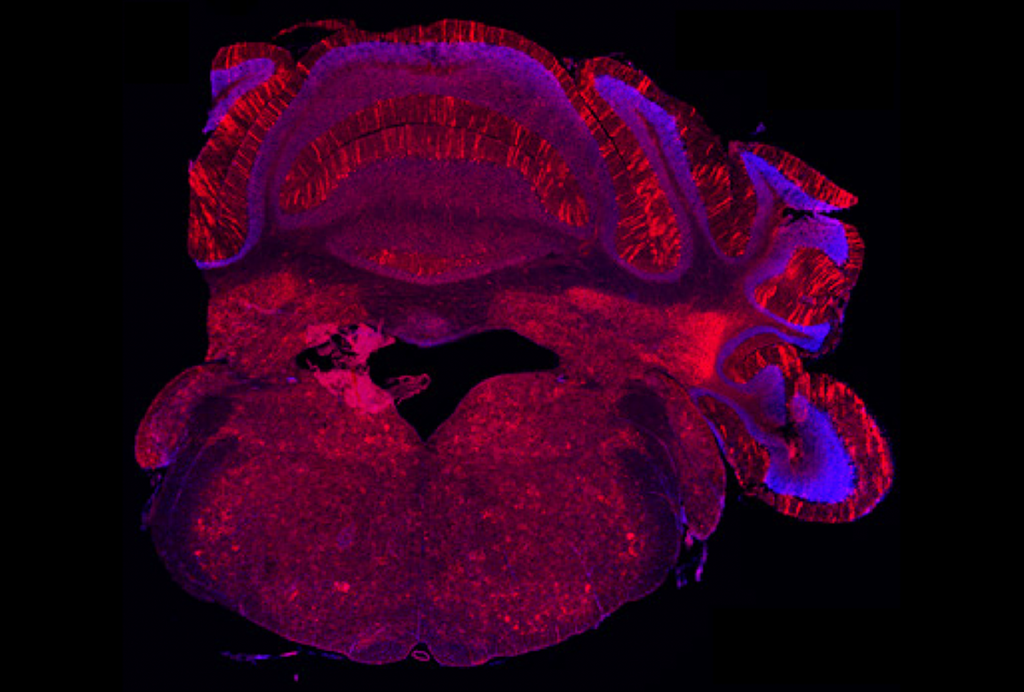
Mutation in top autism-linked gene may alter eye reflex
The discovery could help clinicians diagnose children who carry mutations in the gene, called SCN2A, and gauge their responses to potential therapies.
Expanding ‘little brain’ may have powered dinosaur flight
The cerebellum swelled in size before flight evolved among modern birds’ dinosaur ancestors, according to a new comparison of fossilized skulls and living birds.
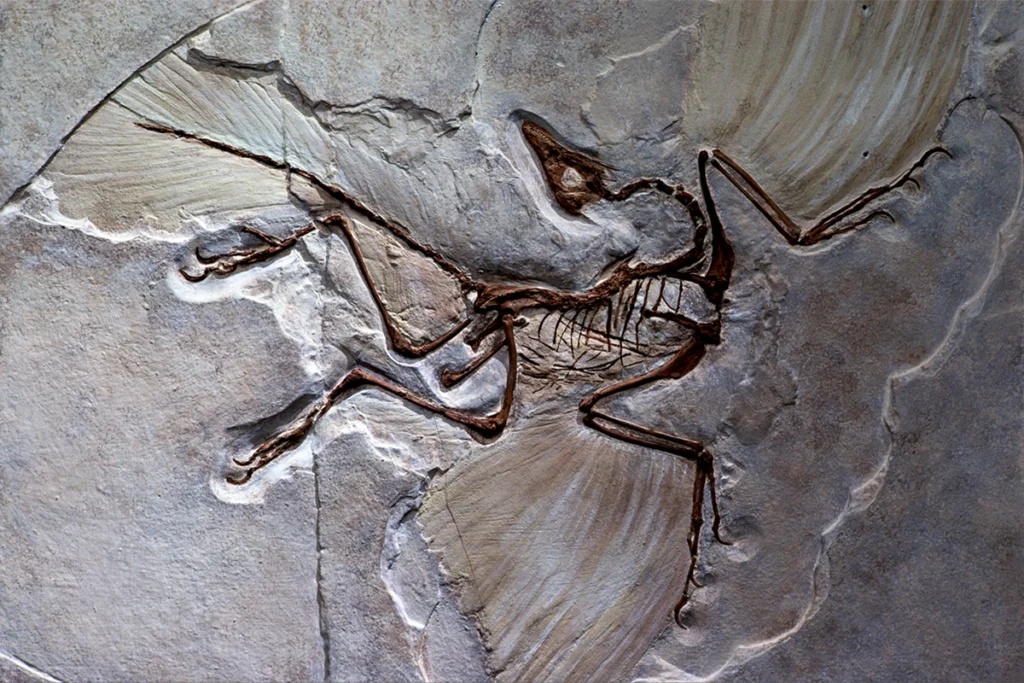
Expanding ‘little brain’ may have powered dinosaur flight
The cerebellum swelled in size before flight evolved among modern birds’ dinosaur ancestors, according to a new comparison of fossilized skulls and living birds.
Null and Noteworthy: Busting biomarkers; going after GABA; reproducibility illusion
In this edition of Null and Noteworthy, scientists find little to be excited about in research on biomarkers for neurodevelopmental conditions.

Null and Noteworthy: Busting biomarkers; going after GABA; reproducibility illusion
In this edition of Null and Noteworthy, scientists find little to be excited about in research on biomarkers for neurodevelopmental conditions.
Flexible genomic architecture undergoes major redesigns during cerebellum development
A new atlas reveals how the structural shake-ups within a cell’s genome differ by cell type and brain region over time.
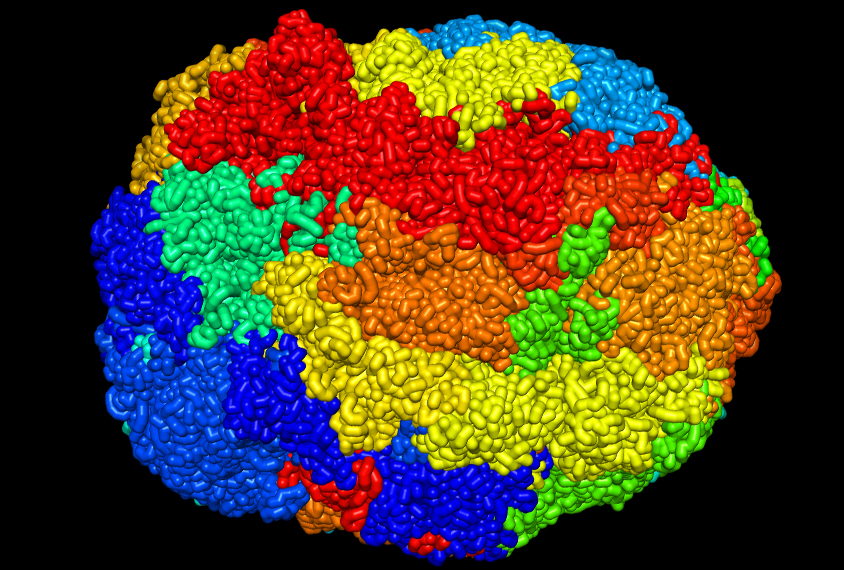
Flexible genomic architecture undergoes major redesigns during cerebellum development
A new atlas reveals how the structural shake-ups within a cell’s genome differ by cell type and brain region over time.
Null and Noteworthy: Brain aging, oxytocin pathways, biomarker back-up
Null and replicated results in this month’s newsletter tackle aging, a purported pathway for oxytocin’s effects on autistic people, and a possible autism biomarker.
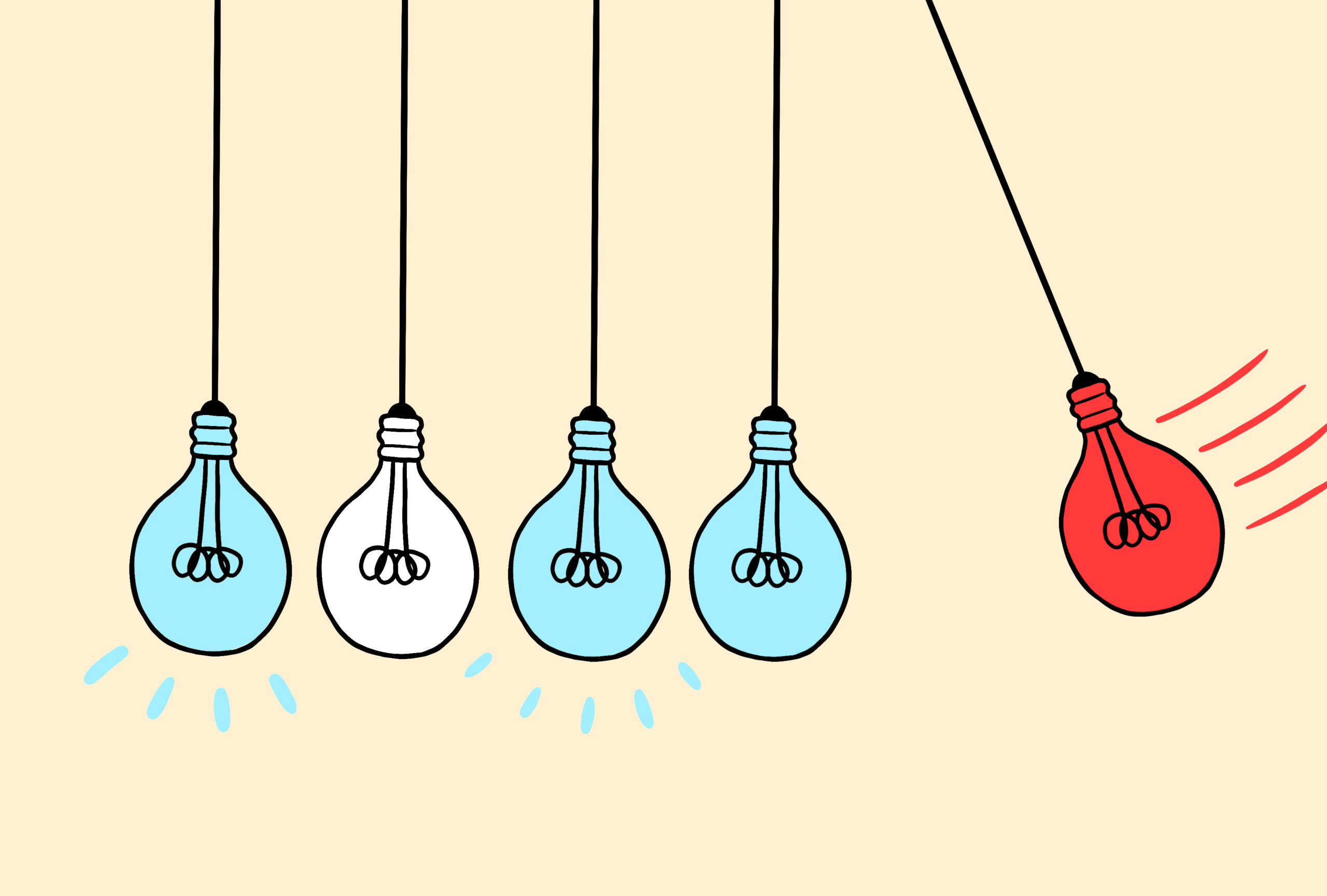
Null and Noteworthy: Brain aging, oxytocin pathways, biomarker back-up
Null and replicated results in this month’s newsletter tackle aging, a purported pathway for oxytocin’s effects on autistic people, and a possible autism biomarker.
Mouse study links dopamine in cerebellum to social behavior
The signaling molecule’s social role in the ‘little brain’ involves Purkinje neurons in the Crus I and Crus II regions, a new study reveals.
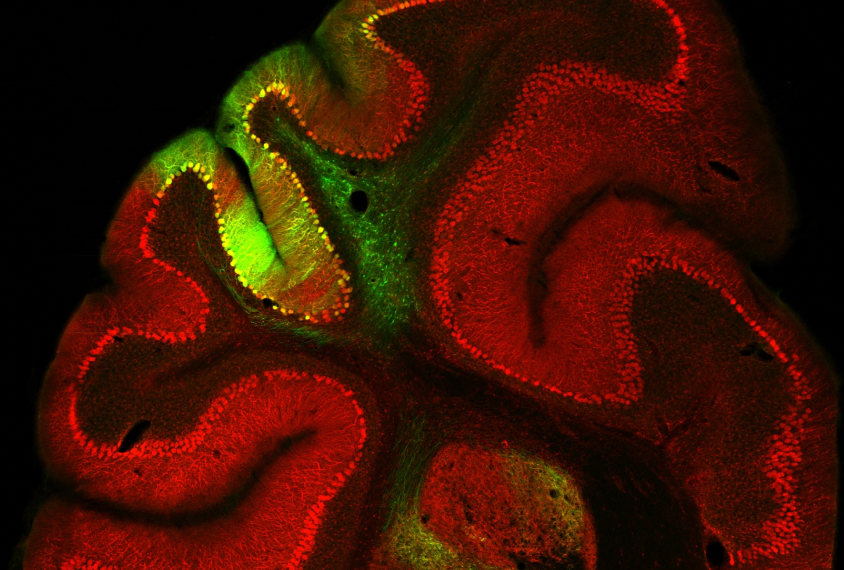
Mouse study links dopamine in cerebellum to social behavior
The signaling molecule’s social role in the ‘little brain’ involves Purkinje neurons in the Crus I and Crus II regions, a new study reveals.
Null and Noteworthy: INSAR keynote, typical cerebellums, social subdomains
In this edition, researchers sink a purported link between cerebellar volume and autism and buoy a theory about measuring social behaviors.

Null and Noteworthy: INSAR keynote, typical cerebellums, social subdomains
In this edition, researchers sink a purported link between cerebellar volume and autism and buoy a theory about measuring social behaviors.
Explore more from The Transmitter
Frameshift: Shari Wiseman reflects on her pivot from science to publishing
As chief editor of Nature Neuroscience, Wiseman applies critical-thinking skills she learned in the lab to manage the journal’s day-to-day operations.
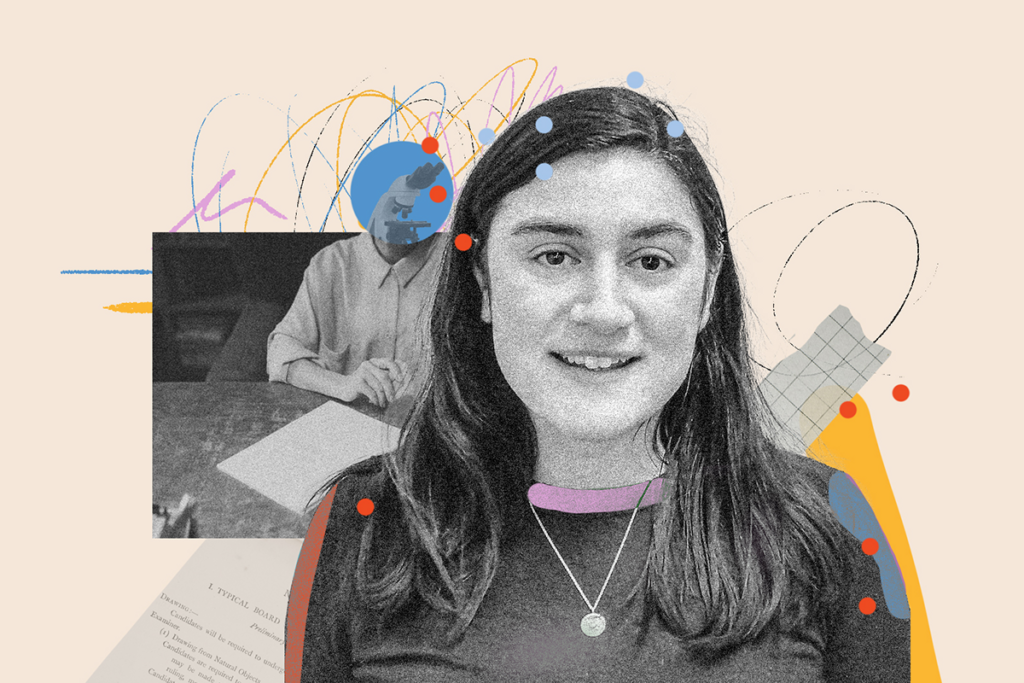
Frameshift: Shari Wiseman reflects on her pivot from science to publishing
As chief editor of Nature Neuroscience, Wiseman applies critical-thinking skills she learned in the lab to manage the journal’s day-to-day operations.
How basic neuroscience has paved the path to new drugs
A growing list of medications—such as zuranolone for postpartum depression, suzetrigine for pain, and the gepants class of migraine medicines—exist because of insights from basic research.
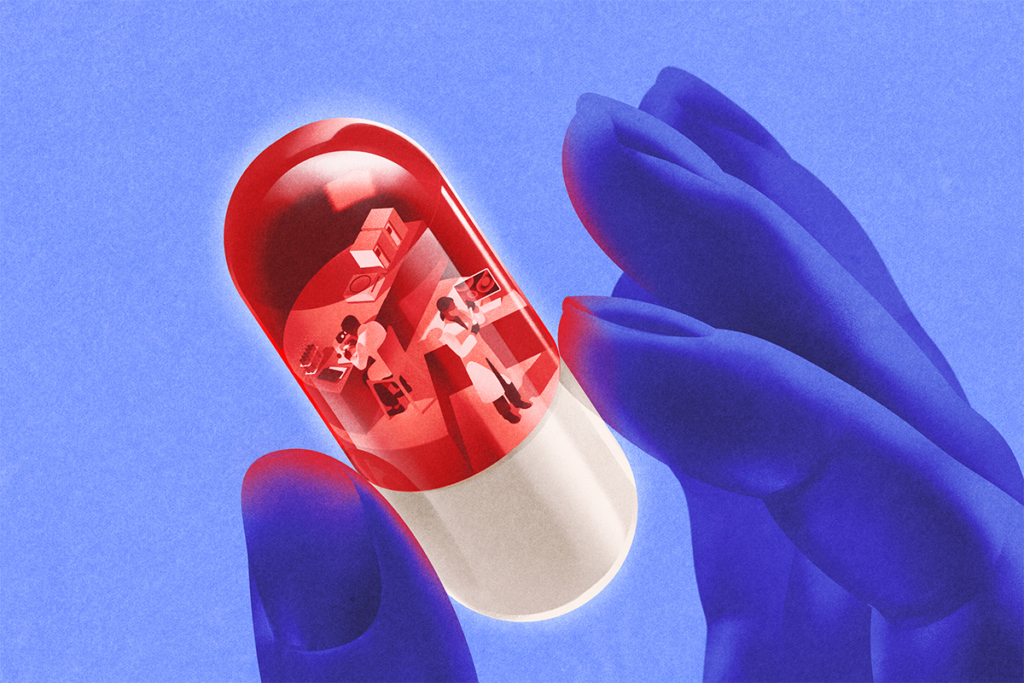
How basic neuroscience has paved the path to new drugs
A growing list of medications—such as zuranolone for postpartum depression, suzetrigine for pain, and the gepants class of migraine medicines—exist because of insights from basic research.
Dispute erupts over universal cortical brain-wave claim
The debate highlights opposing views on how the cortex transmits information.

Dispute erupts over universal cortical brain-wave claim
The debate highlights opposing views on how the cortex transmits information.